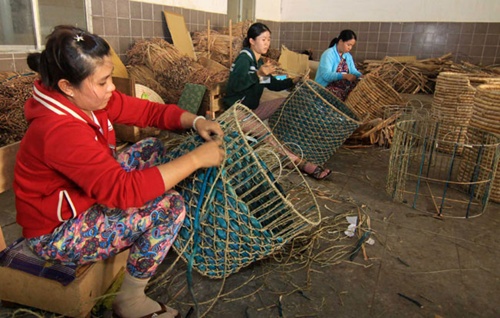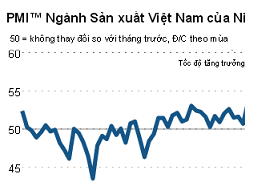VN needs better quality forest products
VN needs better quality forest products
Demand for Vietnamese forestry products, excluding wood, has increased on the world market, though these products need to improve their quality to meet strict international manufacturing standards.

According to the General Department of Forest under the Ministry of Agriculture and Rural Development (MARD), Viet Nam has 14 million hectares of forest, which are home to 3,000 animal and plant species, excluding wood.
The non-timber forest products include bamboo, rattan, pine and cinnamon. Other products having high demand as exports are anise and some medicinal plants, such as cardamom, amomun, morinda and Ngoc Linh ginseng. These products are primarily found in the northern mountainous provinces of Lao Cai, Yen Bai, Ha Giang, Lang Son, Cao Bang, Bac Kan and Quang Ninh.
Truong Tat Do from the General Department of Forestry said worldwide demand was high for use of these non-timber forest products as spices and for medical treatment. He added that consumers sought natural oil from plants believed safe, especially cinnamon, anise, cardamom and amomun, which are used in medicines.
Of note, the export value of non-timber forest products had increased since 2004, reaching an average of US$200-250 million per year. Those products were exported to 90 countries and territories, including mainland China, Japan, the US, Taiwan and India.
The ministry had many programmes to support development of these products from 2011-15, and set up a target of $700-800 million in exports by 2020, as opposed to $200 million at present, reported the Nong Nghiep Viet Nam newspaper.
However, production and business systems had not been developed to meet the potential of these products and high demand for them on the world market, said Do. He added that progress had been slow because there were not specific policies on developing production and business for non-timber forest products.
Tran Van Khoi, deputy director of the National Centre of Agricultural Promotion, said there were many kinds of non-timber forest products, such as pharmaceutical materials processed by the Ministry of Health, whose production was managed by MARD. Yet, the two ministries had not cooperated to develop products.
In addition, trading of non-timber forest products had not been carried out with contracts, so the business remained uncertain.
Further, Viet Nam lacked coordinated policies on encouraging development of these products, resulting in production remaining low or unstable.
Also, locations for producing the products were often in remote regions with poor infrastructures. Residents in these areas had low levels of knowledge about the industry, causing disadvantages in applying modern techniques in production.
Experts have noted that to create sustainable development in the market for non-timber forest products, the forest sector should give priority to injecting capital for research of manufacturing and technologies to increase the value of the products, create products that are able to compete on regional and global markets and build brand names for export.





















